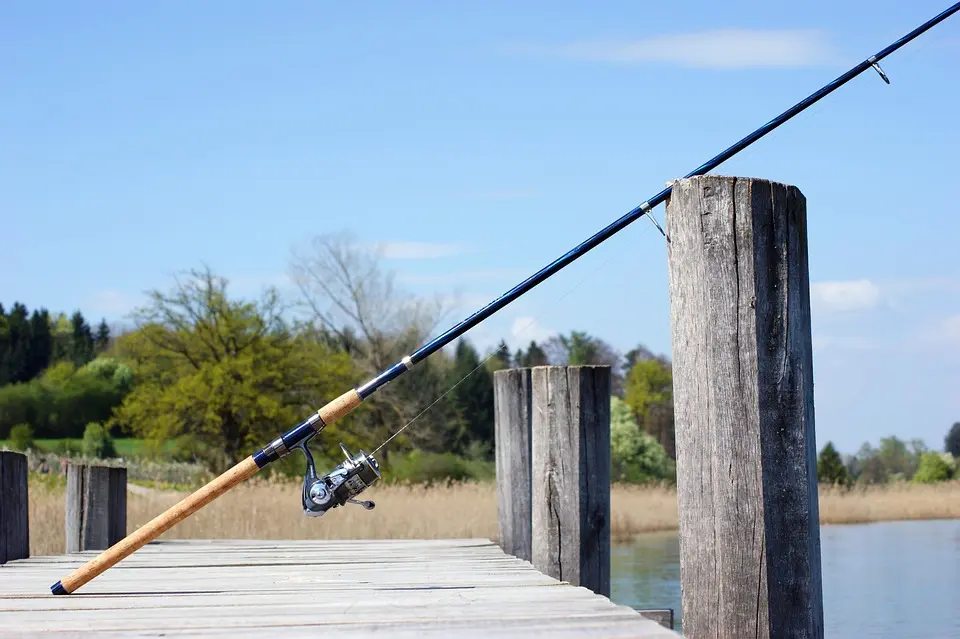Black Drum: Life Cycle
Table of Contents
Understanding the Life Cycle of Black Drum
 Image credit: aranha
Image credit: aranha
Black drum (Pogonias cromis) are a prominent species in coastal fisheries, renowned for their size and distinctive drumming sounds. Grasping their life cycle is crucial for effective fishing strategies and conservation efforts. This comprehensive guide delves into the various stages of the black drum's life, their habitats, migratory patterns, and offers insights from seasoned anglers.
Spawning: The Beginning of Life
Black drum typically spawn in nearshore waters during the early spring months. Spawning often occurs near estuarine environments, where freshwater mixes with saltwater, providing optimal conditions for egg development. The timing and location of spawning can vary based on regional water temperatures and environmental factors.
Egg Stage
After fertilization, black drum eggs are pelagic, meaning they float in the water column. The buoyancy of these eggs allows them to be dispersed by currents, increasing the chances of survival by spreading them over a broader area. This dispersion reduces the likelihood of predation and positions the eggs in nutrient-rich areas conducive to development.
Larval Stage
Hatching from the eggs, black drum larvae are microscopic and rely heavily on plankton as their primary food source. During this vulnerable stage, they are at the mercy of water currents, which transport them to estuarine nurseries. These nurseries, characterized by shallow waters and abundant vegetation, offer protection and ample feeding opportunities.
Juvenile Stage
As larvae grow into juveniles, they develop distinctive vertical black stripes, aiding in camouflage among submerged vegetation and structures. Juvenile black drum predominantly inhabit estuaries, bays, and tidal creeks, where they find shelter from predators and abundant food sources such as small crustaceans and worms. These areas serve as critical developmental habitats until they reach maturity.
Adult Stage
Upon reaching maturity, black drum undergo several notable changes:
-
Habitat Expansion: Adults venture into deeper waters, including coastal bays, nearshore environments, and occasionally offshore areas. They often frequent structures like oyster reefs, jetties, and shipwrecks, which provide both food and shelter.
-
Dietary Shift: While juveniles feed on smaller prey, adults possess strong pharyngeal teeth, enabling them to crush hard-shelled organisms. Their diet primarily consists of mollusks (e.g., oysters, clams), crabs, and occasionally small fish.
-
Migratory Behavior: Adult black drum exhibit migratory patterns influenced by spawning needs and water temperatures. They often return to specific spawning grounds annually, showcasing site fidelity. These migrations can lead them from offshore winter habitats to inshore spawning sites during spring.
Longevity and Growth
Black drum are among the longest-lived fish species in coastal waters:
-
Lifespan: They can live up to 60 years, with some individuals surpassing this age.
-
Size: Juveniles typically measure between 5-15 inches. Adults commonly range from 20-30 inches, weighing between 5-30 pounds. Trophy-sized black drum can exceed 50 inches and weigh over 80 pounds.
Implications for Anglers
Understanding the black drum's life cycle enhances fishing strategies:
-
Seasonal Targeting: Recognizing spawning periods and migratory patterns allows anglers to anticipate when black drum are more accessible in specific areas.
-
Habitat Focus: Knowledge of preferred habitats at various life stages aids in selecting fishing locations, whether targeting juveniles in estuaries or adults near offshore structures.
-
Dietary Preferences: Aligning bait choices with the black drum's diet at different life stages increases catch success. For instance, using crustaceans or mollusks as bait is effective for adults.
Expert Insights and Community Tips
Seasoned anglers offer valuable advice:
-
Patience and Persistence: Black drum fishing requires a calm approach, as these fish can be cautious, especially in heavily fished areas.
-
Tackle Selection: Utilizing medium to heavy tackle is recommended due to the black drum's size and strength.
-
Catch and Release Practices: Given their longevity and role in the ecosystem, practicing catch and release, especially for larger specimens, supports conservation efforts.
Additional Resources
For visual learners seeking more tips on black drum fishing, here's a recommended video:
Click the image above to watch a detailed guide on black drum fishing.
Popular Search Terms Related to Fishing for Black Drum
| Search Term | Thumbnail | Link |
|---|---|---|
| Black Drum Techniques | Watch Video | |
| Best Live Baits for Black Drum | Watch Video | |
| Flats Retrieve Strategies for Black Drum | Watch Video | |
| Where to Find Black Drum in Backwater | Watch Video | |
| Black Drum Surf Fishing | Watch Video |
Ask AI for More Info
Try our AI assistant for free—sign up to access this powerful feature.
👉 Sign Up to Ask AI